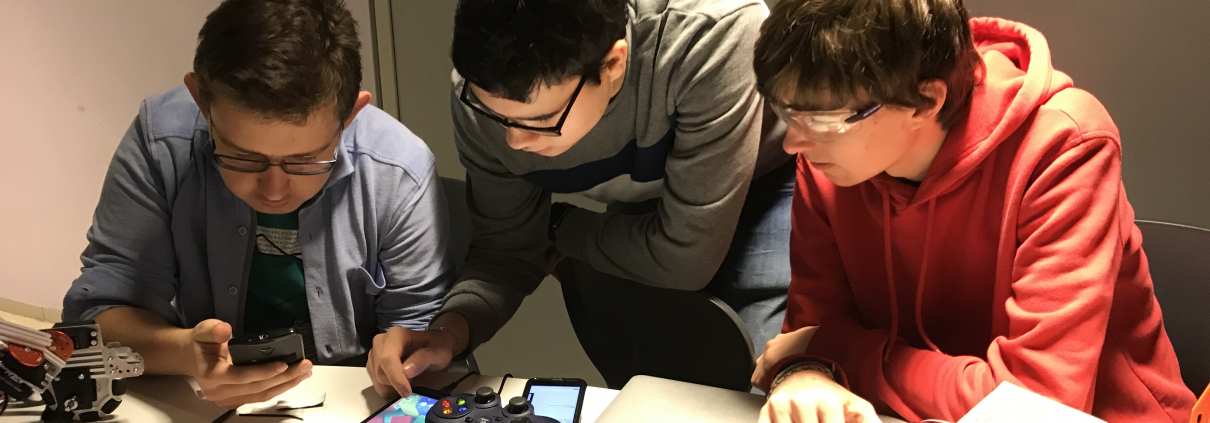ISA’s First Robotics Competition
ISA’s Engineering Club is not just a way for students to fulfill their IB Creativity, Activity and Service (CAS) requirements. For many members, the club has become a space where they can develop their skills and meet like-minded students. While many might not necessarily come into contact with each other during their daily life at ISA, through the club they are united by one thing; their shared passion for engineering.
The club’s mentor, ISA Upper School Science teacher Kim Schult, wanted to inspire the group to take their passion out of the classroom and into the real world. So, after some consultation, the club members decided to use their talent for engineering to compete in a robotics competition. On Sunday, 13 January, they took part in the First Tech Challenge (FTC) robotics competition, competing against 15 other teams from around the Netherlands to secure a place in the FTC Netherlands League Championship and ultimately, for a shot at winning the title at the FTC final in the United States.
Robot Wars
In robotics, it all comes down to how well a robot performs on the day. At the FTC competition, four teams compete on the playing field, with two teams working together against the other two teams, with the goal of earning the highest number of points during a set amount of time in each match. Robots earn points by completing certain tasks, such as picking up a ball and moving it to a goal; driving over a steep ramp, or raising itself a certain height off the ground by holding on to a structure, which will earn it points; the more difficult the task, the more points the robot will earn.
The group discovered that everyone solves a problem in a different way. They initially had the idea that, given the limited number of tasks that the robots needed to perform, the robots from each team would all look very similar. But actually, every robot looked completely different and they all took a different approach to accomplish the tasks.
Fuelling a Passion
Participants were required to keep an engineering notebook, which allowed them to reflect on their choices and actions during the competition and what they had learned from them. On reflection, the students realised that they had missed a small detail in the rulebook which kept them from earning a larger amount of points. Their resolution for next time: to read the rules more clearly!
When Schulte asked her students what they took away from their experience at the competition, she found that the competition brought out the student’s competitive sides, not with the other teams, but rather within the club itself. Each member wanted to do their very best in each match and to problem solve quickly. The challenge was both personal and professional.
The team believes that their first competition has given them confidence in themselves and in their ability to think on their feet and solve problems under pressure.
So, what’s next for ISA’s robotics team? More practice, more problem-solving and more competition entries are on the horizon for the bright future of this group.







